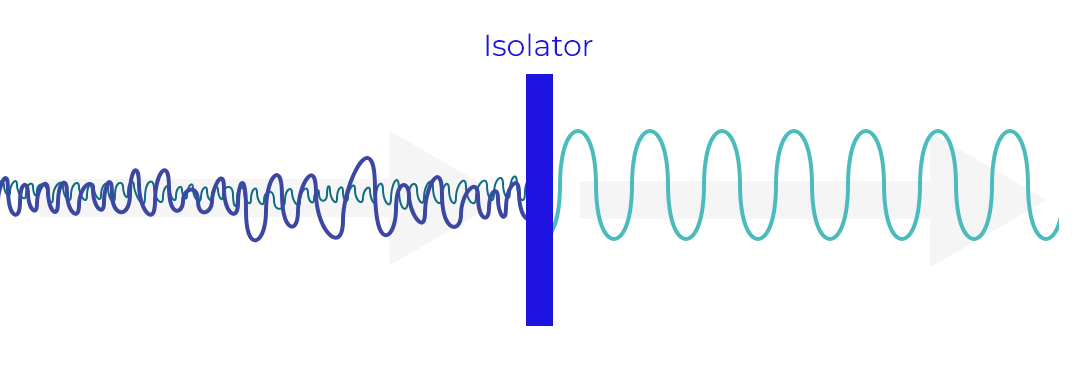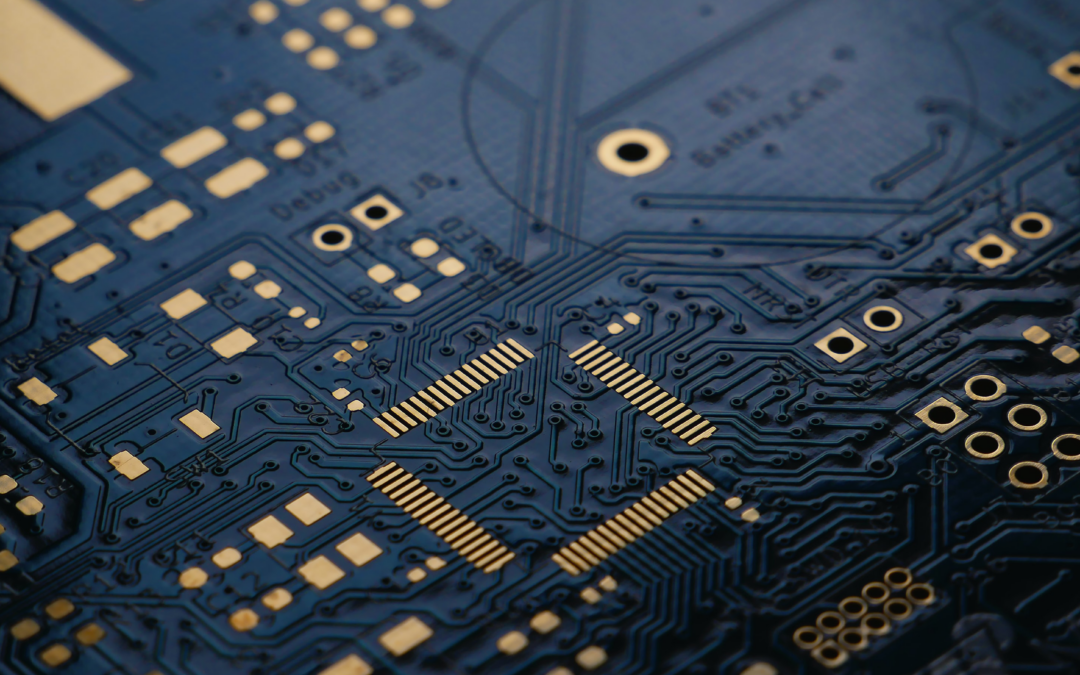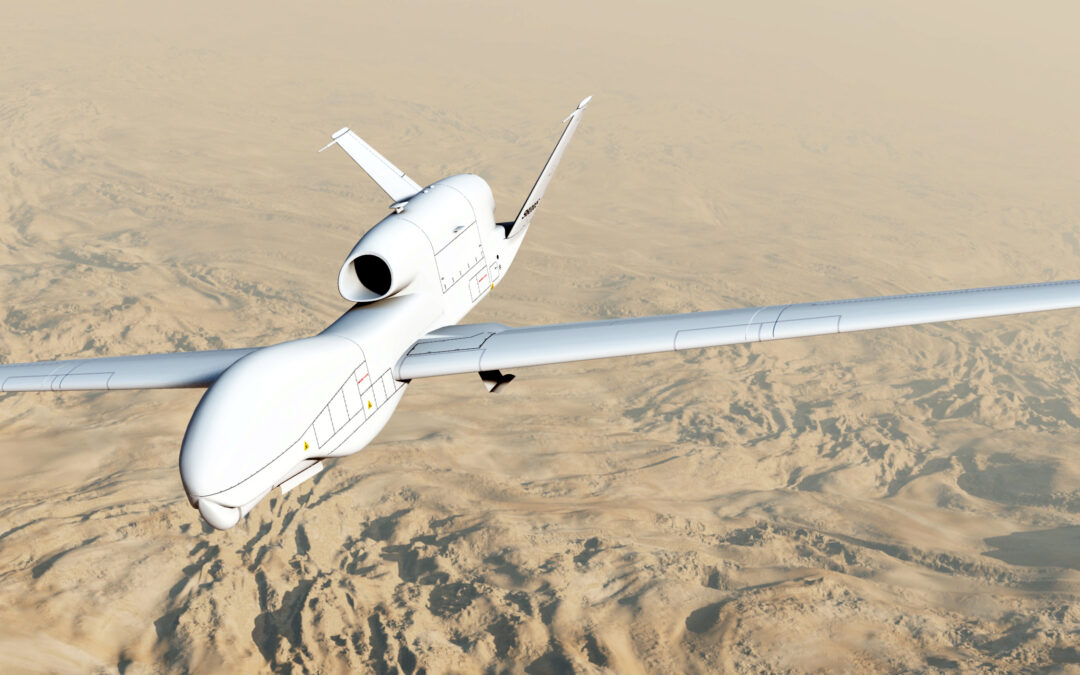Living Legends: James West and Jesse Russell
February 2024Every February, JEM Engineering honors the the African American Engineers who have made lasting contributions in STEM. This year, we’re excited to spotlight two living legends: James Edward West and Jesse Eugene Russell.
Born on February 10, 1931, James Edward West is a distinguished American inventor and electrical engineer. His innovative work has had a profound impact on audio technology and communication systems.
West earned his Bachelor of Science degree in Physics from Temple University and later obtained a Master of Science degree in Physics from the same institution.
In the 1960s, while working at Bell Laboratories, West, along with his colleague Gerhard Sessler, developed the electret microphone.

The invention of the electret microphone became a cornerstone in the field of audio engineering, providing a more compact and reliable microphone technology. Over the course of his career, James West has received numerous awards and honors for his achievements.
To this day, West remains a strong advocate for diversity in science and engineering and has been actively involved in mentoring aspiring scientists. West’s contributions have left an indelible mark on the world of technology, making him a respected figure in the realms of acoustics and electrical engineering.

Born on April 26, 1948, Jesse Eugene Russell is an accomplished American inventor and electrical engineer. He is renowned for his groundbreaking contributions to the field of wireless communication.
Russell earned his Bachelor of Science degree in Electrical Engineering from Tennessee State University and later received a Master of Science degree in Electrical Engineering from Stanford University.
In the 1980s, Jesse Russell played a pivotal role in the development of digital cellular communication technology.
If not for James Edward West and Jesse Eugene Russell, we wouldn’t have the microphones and cellphones we have today!

Latest Posts

What is Signal Conditioning?
Signal conditioning is one of the most important components to any sensing system. In this post, we introduce the concept of signal conditioning, as well as give examples of different types of signal conditioners.

The Outlook on Flat Panel Antennas
As the name suggests, a flat panel antenna, or FPA, is a simple directional antenna that is low-profile.

5G and Beyond
It’s very likely that you’ve heard the term “5G.” 5G means much more than faster speeds for one’s mobile devices. In this post, we briefly introduce 5G and contextualize the technology’s potential in the defense sector.

Scaling Unmanned Operations for Defense
In this post, we explore some of the opportunities and challenges facing unmanned operations in the defense sector.
Artificial intelligence (AI), which manifests itself in different forms, from website chat boxes to unmanned military operations, is broadly defined as any system or machine that is designed to imitate human intelligence, in order to perform tasks and improve upon itself using the increasing amount of information it collects.

Black History Month: NASA’s Hidden Figures
This year for Black History Month, we celebrate Dorothy Vaughan, Katherine Johnson, Mary Jackson, and Christine Darden for their perseverance despite the inequality they faced, and for their distinguished careers at the National Aeronautics and Space Administration (NASA), where they lent their talents to furthering aeronautics and space travel.

Corona & Multipaction Effects on Space Based Antennas
In this post, we will be discussing two types of effects that are potentially damaging to RF components: corona discharge and multipaction effects.

VSWR, Explained
In this post, we explore VSWR in further detail, as a general concept and as it relates to validating antennas.
